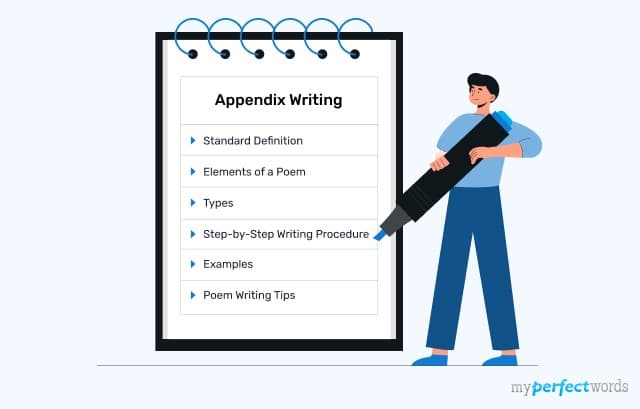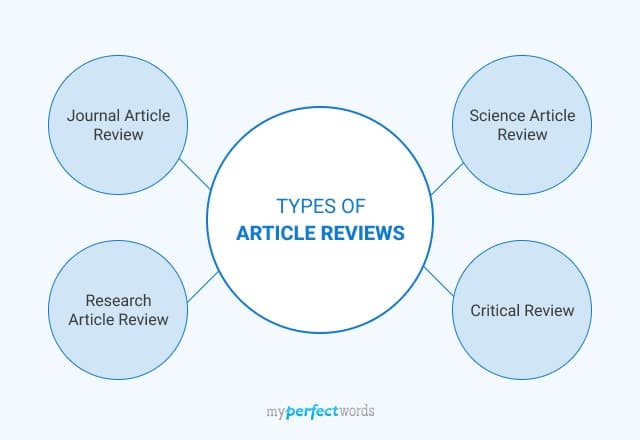Struggling to write a review that people actually want to read? Feeling lost in the details and wondering how to make your analysis stand out?
You're not alone!
Many writers find it tough to navigate the world of article reviews, not sure where to start or how to make their reviews really grab attention.
No worries!
In this blog, we're going to guide you through the process of writing an article review that stands out. We'll also share tips, and examples to make this process easier for you.
Let’s get started.
On This Page![]()
- 1. What is an Article Review?
- 2. Types of Article Reviews
- 3. Article Review Format
- 4. How to Write an Article Review? 10 Easy Steps
- 5. Article Review Outline
- 6. Article Review Examples
- 7. Tips for Writing an Effective Article Review
What is an Article Review?
An article review is a critical evaluation and analysis of a piece of writing, typically an academic or journalistic article.
It goes beyond summarizing the content; it involves an in-depth examination of the author's ideas, arguments, and methodologies.
The goal is to provide a well-rounded understanding of the article's strengths, weaknesses, and overall contribution to the field.
Types of Article Reviews
Article reviews come in various forms, each serving a distinct purpose in the realm of academic or professional discourse. Understanding these types is crucial for tailoring your approach.
Here are some common types of article reviews:
Journal Article Review
A journal article review involves a thorough evaluation of scholarly articles published in academic journals.
It requires summarizing the article's key points, methodology, and findings, emphasizing its contributions to the academic field.
Take a look at the following example to help you understand better.
Research Article Review
A research article review focuses on scrutinizing articles with a primary emphasis on research.
This type of review involves evaluating the research design, methodology, results, and their broader implications.
Discussions on the interpretation of results, limitations, and the article's overall contributions are key.
Here is a sample for you to get an idea.
Science Article Review
A science article review specifically addresses articles within scientific disciplines. It includes summarizing scientific concepts, hypotheses, and experimental methods.
The type of review assesses the reliability of the experimental design, and evaluates the author's interpretation of findings.
Take a look at the following example.
Critical Review
A critical review involves a balanced critique of a given article. It encompasses providing a comprehensive summary, highlighting key points, and engaging in a critical analysis of strengths and weaknesses.
To get a clearer idea of a critical review, take a look at this example.
Article Review Format
When crafting an article review in either APA or MLA format, it's crucial to adhere to the specific guidelines for citing sources.
Below are the bibliographical entries for different types of sources in both APA and MLA styles:
APA Format
|
MLA Format
|
How to Write an Article Review? 10 Easy Steps
Writing an effective article review involves a systematic approach. Follow this step-by-step process to ensure a comprehensive and well-structured analysis.
Step 1: Understand the Assignment
Before diving into the review, carefully read and understand the assignment guidelines.
Pay attention to specific requirements, such as word count, formatting style (APA, MLA), and the aspects your instructor wants you to focus on.
Step 2: Read the Article Thoroughly
Begin by thoroughly reading the article. Take notes on key points, arguments, and evidence presented by the author.
Understand the author's main thesis and the context in which the article was written.
Step 3: Create a Summary
Summarize the main points of the article. Highlight the author's key arguments and findings.
While writing the summary ensure that you capture the essential elements of the article to provide context for your analysis.
Step 4: Identify the Author's Thesis
In this step, pinpoint the author's main thesis or central argument. Understand the purpose of the article and how the author supports their position.
This will serve as a foundation for your critique.
Step 5: Evaluate the Author's Evidence and Methodology
Examine the evidence provided by the author to support their thesis. Assess the reliability and validity of the methodology used.
Consider the sources, data collection methods, and any potential biases.
Step 6: Analyze the Author's Writing Style
Evaluate the author's writing style and how effectively they communicate their ideas.
Consider the clarity of the language, the organization of the content, and the overall persuasiveness of the article.
Step 7: Consider the Article's Contribution
Reflect on the article's contribution to its field of study. Analyze how it fits into the existing literature, its significance, and any potential implications for future research or applications.
Step 8: Write the Introduction
Craft an introduction that includes the article's title, author, publication date, and a brief overview.
State the purpose of your review and your thesis—the main point you'll be analyzing in your review.
Step 9: Develop the Body of the Review
Organize your review by addressing specific aspects such as the author's thesis, methodology, writing style, and the article's contribution.
Use clear paragraphs to structure your analysis logically.
Step 10: Conclude with a Summary and Evaluation
Summarize your main points and restate your overall assessment of the article.
Offer insights into its strengths and weaknesses, and conclude with any recommendations for improvement or suggestions for further research.
Article Review Outline
Creating a well-organized outline is an essential part of writing a coherent and insightful article review.
This outline given below will guide you through the key sections of your review, ensuring that your analysis is comprehensive and logically structured.
Article Review Outline 1. Introduction
2. Summary
3. Critique
4. Relevance
5. Author's Perspective
6. Comparison (if applicable)
7. Conclusion
|
Refer to the following template to understand outlining the article review in detail.
Article Review Examples
Examining article review examples can provide valuable insights into the structure, tone, and depth of analysis expected.
Below are sample article reviews, each illustrating a different approach and focus.
Tips for Writing an Effective Article Review
Crafting an effective article review involves a combination of critical analysis, clarity, and structure.
Here are some valuable tips to guide you through the process:
- Start with a Clear Introduction
Kick off your article review by introducing the article's main points and mentioning the publication date, which you can find on the re-title page. Outline the topics you'll cover in your review.
- Concise Summary with Unanswered Questions
Provide a short summary of the article, emphasizing its main ideas. Highlight any lingering questions, known as "unanswered questions," that the article may have triggered. Use a basic article review template to help structure your thoughts.
- Illustrate with Examples
Use examples from the article to illustrate your points. If there are tables or figures in the article, discuss them to make your review more concrete and easily understandable.
- Organize Clearly with a Summary Section
Keep your review straightforward and well-organized. Begin with the start of the article, express your thoughts on what you liked or didn't like, and conclude with a summary section. This follows a basic plan for clarity.
- Constructive Criticism
When providing criticism, be constructive. If there are elements you don't understand, frame them as "unanswered questions." This approach shows engagement and curiosity.
- Smoothly Connect Your Ideas
Ensure your thoughts flow naturally throughout your review. Use simple words and sentences. If you have questions about the article, let them guide your review organically.
- Revise and Check for Clarity
Before finishing, go through your review. Correct any mistakes and ensure it sounds clear. Check if you followed your plan, used simple words, and incorporated the keywords effectively. This makes your review better and more accessible for others.
In conclusion, writing an effective article review involves a thoughtful balance of summarizing key points, and addressing unanswered questions.
By following a simple and structured approach, you can create a review that not only analyzes the content but also adds value to the reader's understanding.
Remember to organize your thoughts logically, use clear language, and provide examples from the article to support your points.
Need someone to do my essay now? Get help from our experts today!
They can help you with article reviews and any other assignment that you might have.

Write Essay Within 60 Seconds!
Use our AI tool to generate high quality essay-18976.png&w=256&q=75&dpl=dpl_Gdsvp7W41w43ZdA5Qu4MrGDa9Trz)
WRITTEN BY
Amanda M.
Columbia journalism grad writing speeches. I craft clear, quotable messages for media moments.
Keep reading
Learn How to Write an Editorial on Any Topic
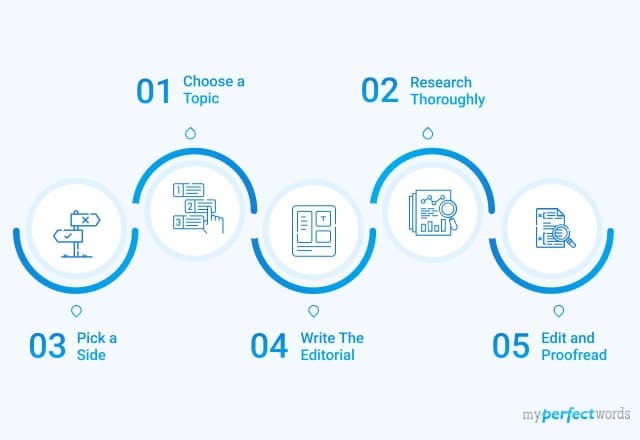
Best Tips on How to Avoid Plagiarism

How to Write a Movie Review - Guide & Examples
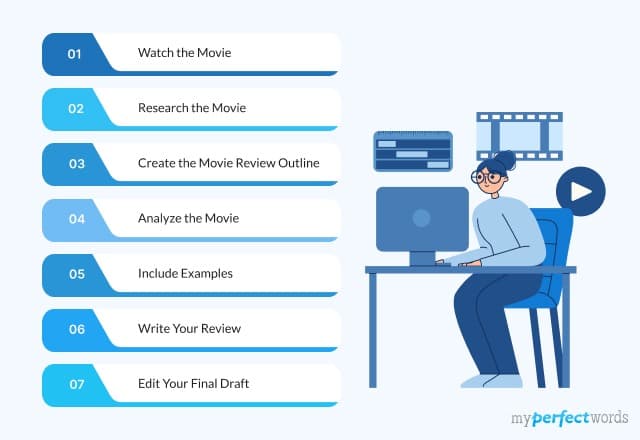
A Complete Guide on How to Write a Summary for Students

Write Opinion Essay Like a Pro: A Detailed Guide
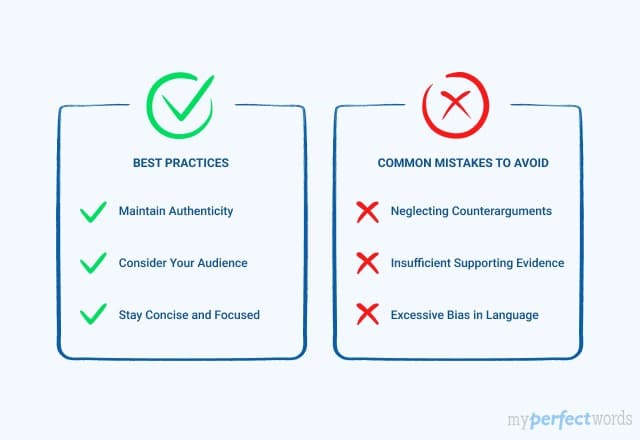
Evaluation Essay - Definition, Examples, and Writing Tips

How to Write a Thematic Statement with Examples
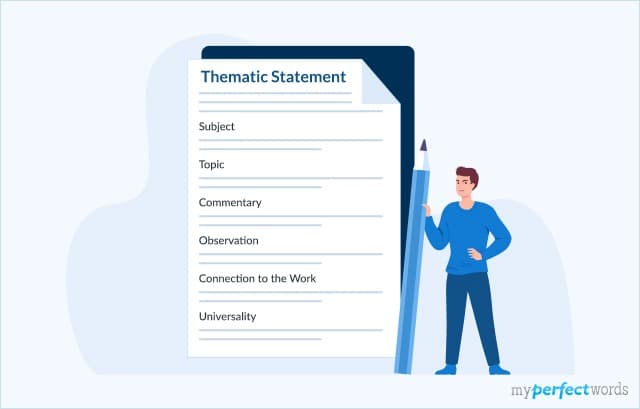
How to Write a Bio - Quick Tips, Structure & Examples

How to Write a Synopsis – A Simple Format & Guide
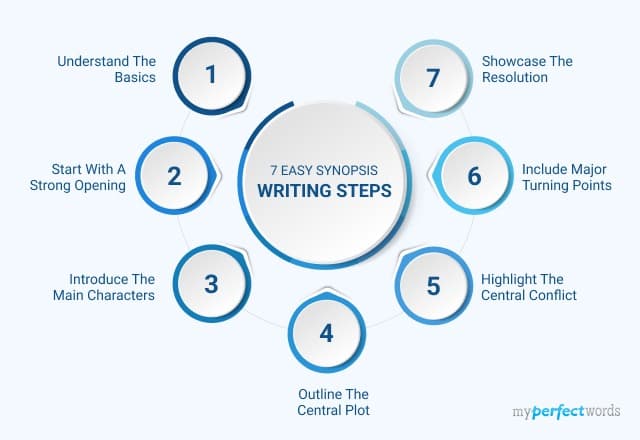
How to Write a Comparative Essay – A Complete Guide

Visual Analysis Essay - A Writing Guide with Format & Sample
-10652.jpg&w=828&q=75&dpl=dpl_Gdsvp7W41w43ZdA5Qu4MrGDa9Trz)
List of Common Social Issues Around the World

Writing Character Analysis - Outline, Steps, and Examples

11 Common Types of Plagiarism Explained Through Examples
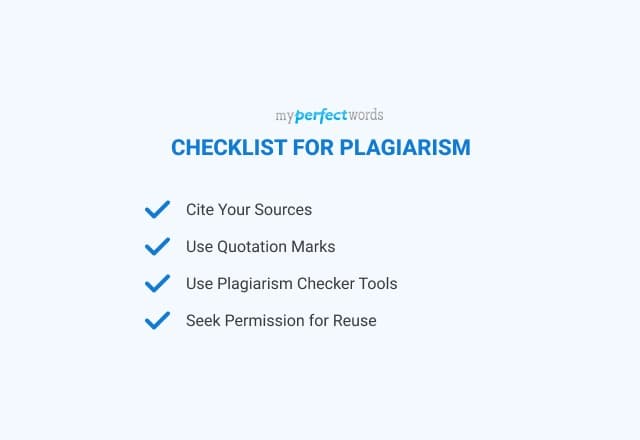
A Detailed Guide on How to Write a Poem Step by Step

Detailed Guide on Appendix Writing: With Tips and Examples
